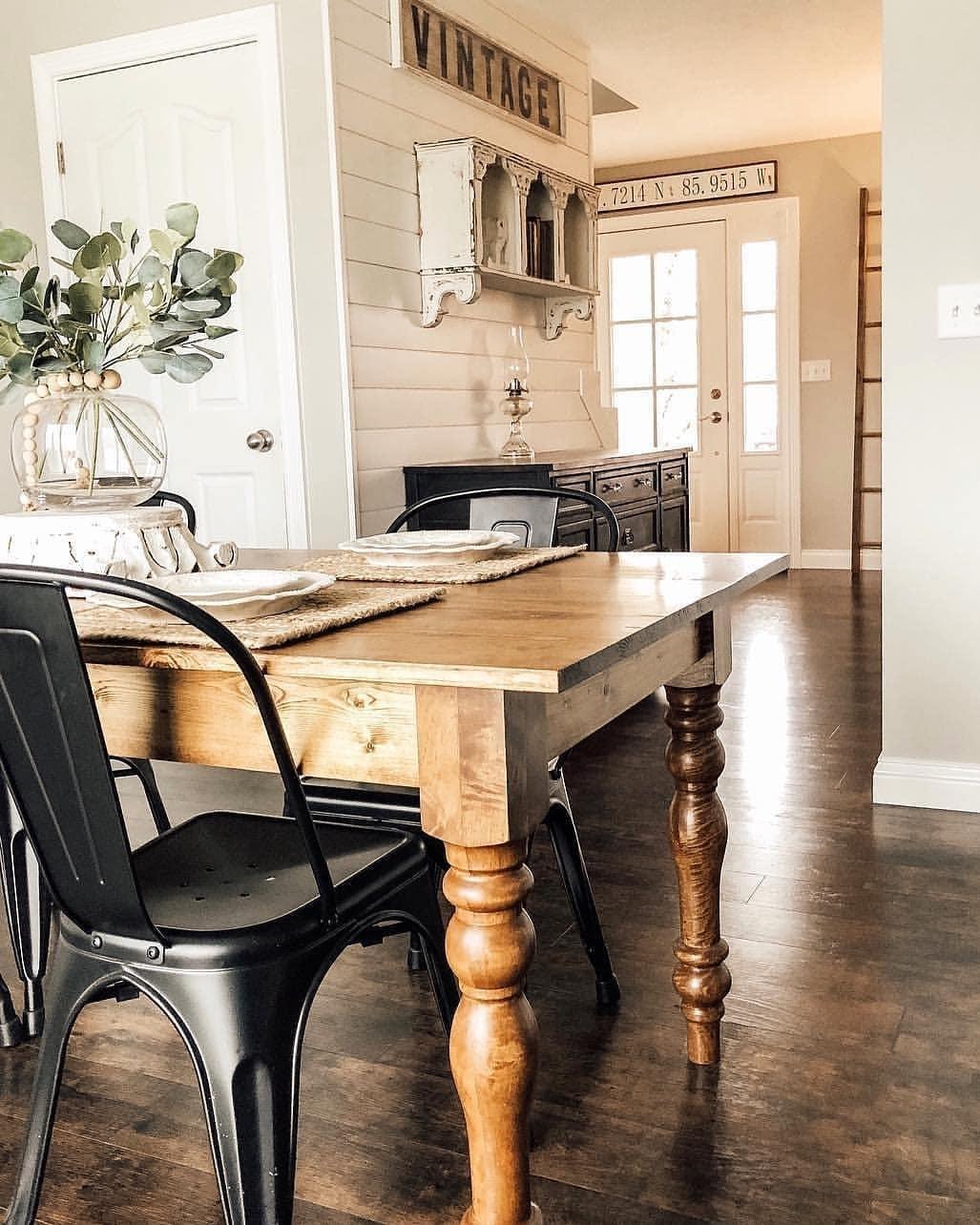Dining Room Table Legs That Integrate Performance and Modern Design
Wiki Article
An In-depth Take A Look At Table Leg Styles: Finding the Perfect Match
Selecting the right eating table leg style is essential for both visual allure and practical functionality. Standard four legs offer classic sophistication and stability, while the pedestal base gives boosted legroom and a contemporary appearance. For those with bigger tables, trestle legs ensure tough support, whereas hairpin legs present a mid-century contemporary ambiance with their minimalist design. The x-shaped legs mix modern design with enhanced security. Each of these options brings one-of-a-kind benefits, making the selection greater than just a matter of choice. Discover even more to discover which design perfectly matches your dining area and lifestyle.Traditional Four Legs
Amongst the numerous kinds of dining table leg styles, the traditional four-leg design remains a timeless selection for several families. Four legs offer balanced support, ensuring the table continues to be steady and capable of bearing significant weight (dining room table legs).From a visual perspective, the traditional four-leg layout can be conveniently adapted to various interior designs. Whether crafted from timber, metal, or a mix of products, these legs can be elaborately carved, streamlined and minimalistic, or anything in between. Their versatility enables them to complement both rustic and contemporary setups flawlessly.
Additionally, the uncomplicated framework of the four-leg style helps with ease of activity and placement within an area. Unlike even more complicated bases, this design lessens obstructions, supplying sufficient legroom for restaurants. In summary, the conventional four-leg eating table leg style weds withstanding style with functional functionality, making it a sharp choice for those looking for both form and feature in their eating furniture.
Stand Base
Commonly celebrated for its sophisticated and space-efficient design, the pedestal base is a distinguished option to the standard four-leg configuration in dining table leg designs. This distinctive base typically features a solitary central column sustaining the table top, which can differ in type, from ornately sculpted wood to smooth, modern-day metal. One of the primary benefits of the stand base is its ability to make the most of legroom and seating versatility. Without corner legs, restaurants are afforded better freedom of movement, making it a suitable choice for round and oval tables that advertise more intimate and inclusive celebrations.Furthermore, the pedestal base's central support can handle considerable weight, permitting making use of much heavier table tops, such as marble or thick hardwood. This stamina paired with its visual flexibility makes the stand base a preferred selection in both typical and modern indoor setups. It can flawlessly incorporate with numerous layout themes, from timeless style to minimalist modernity. Additionally, the main column itself supplies a canvas for complex designs and imaginative expressions, including a component of aesthetic rate of interest below the table. In recap, the stand base integrates functionality with design, making it an improved and functional alternative for varied eating atmospheres.
Trestle Legs
Trestle legs supply a robust and ageless foundation for eating tables, try these out characterized by their straight cross-bracing and durable support beam of lights. Originating from middle ages times, this style has progressed yet maintained its vital framework, making it a perennial fave in both conventional and modern settings. The main trestle beam of light, often sustained by 2 or more upright posts, uses exceptional security, enabling larger table sizes without the need for extra legs.A substantial advantage of trestle leg tables is the adequate legroom they offer. Unlike tables with four edge legs, the lack of obstructions at the table's sides provides unimpeded space for chairs and diners, boosting comfort and availability. This makes trestle tables optimal for suiting bigger gatherings, whether in a dining-room or a reception hall.
The aesthetic convenience of trestle legs is noteworthy. Offered in a range of products such as timber, steel, and composite, they can be finished to complement a vast array of interior styles. From rustic farmhouse to sleek contemporary styles, trestle legs can be customized to fit private preferences. Their long-lasting allure and useful advantages make trestle legs an engaging choice for those seeking both style and functionality in their table.
Barrette Legs

The appeal of hairpin legs hinges on their simplicity and adaptability - dining room table legs. Readily available in a series of products, consisting of steel and brass, they can be finished in various shades to complement different interior designs. Whether coupled with a rustic wooden tabletop or a modern glass surface, hairpin legs easily mix capability with a touch of vintage charm
Toughness is another significant feature of barrette legs. Regardless of their delicate appearance, these legs are engineered to bear significant weight, guaranteeing the dining table remains steady and safe. In addition, browse this site they are fairly very easy to mount, making them a popular choice for DIY fanatics and expert furnishings makers alike.
X-Shaped Legs

Constructed from materials such as steel, timber, or a combination of both, X-shaped legs can be tailored to match different layout preferences. Steel legs typically provide a streamlined and commercial feel, ideal for loft-style apartments and modern-day Look At This eating rooms. On the various other hand, wood X-shaped legs provide a warmer, a lot more rustic allure, suitable for farmhouse or eclectic insides. The flexibility in materials allows property owners to customize their eating tables to better fit their total design plan.
In addition, the engineering behind X-shaped legs guarantees also weight distribution, minimizing the risk of tottering and improving longevity. This makes them particularly fit for bigger eating tables that need additional support. Essentially, X-shaped legs mix useful design with modern aesthetic appeals, making them a classic selection for diverse eating atmospheres.
Conclusion
A detailed understanding of eating table leg designs reveals the unique attributes and advantages of each design. Trestle legs make sure durable support for bigger tables, and hairpin legs introduce a mid-century modern-day aesthetic.Report this wiki page